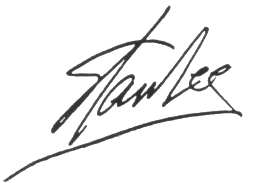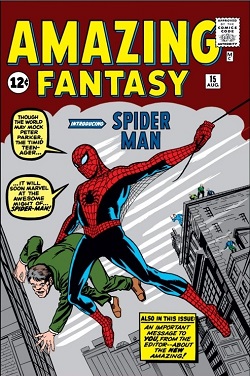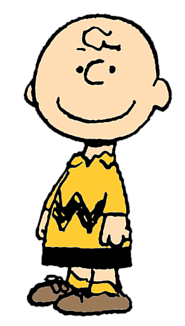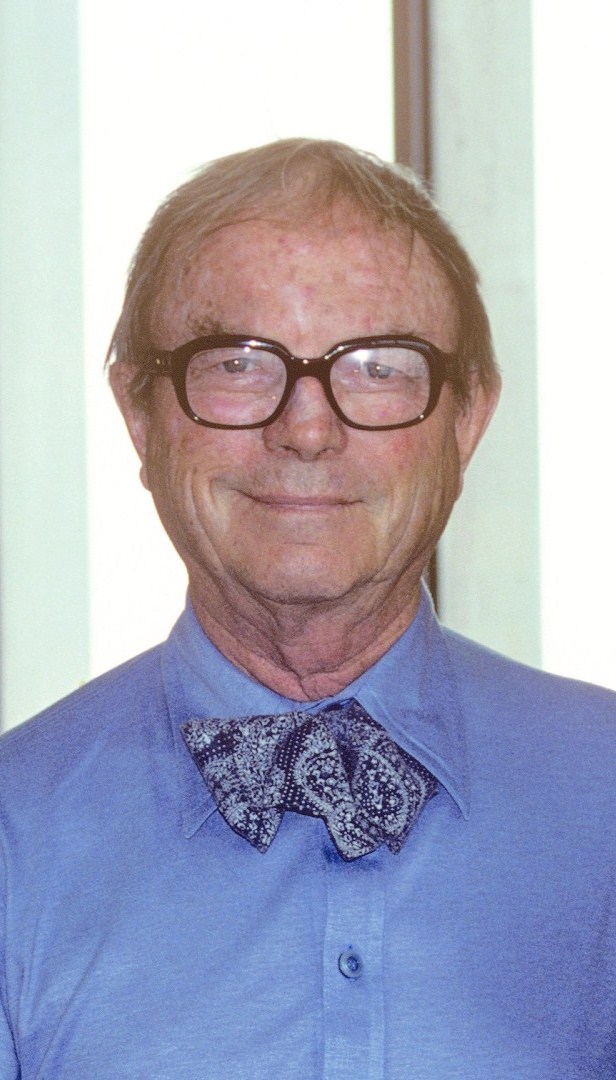In collaboration with several artists, including Jack Kirby and Steve Ditko, he co-created Spider-Man, the Hulk, the Fantastic Four, Iron Man, Thor, the X-Men, and many other fictional characters, introducing complex, naturalistic characters and a thoroughly shared universe into superhero comic books. In addition, he headed the first major successful challenge to the industry's censorship organization, the Comics Code Authority, and forced it to reform its policies. Lee subsequently led the expansion of Marvel Comics from a small division of a publishing house to a large multimedia corporation.
He was inducted into the comic book industry's Will Eisner Award Hall of Fame in 1994 and the Jack Kirby Hall of Fame in 1995. Lee received a National Medal of Arts in 2008.
Stanley Martin Lieber was born on December 28, 1922 in New York City, in the apartment of his Romanian-born Jewish immigrant parents, Celia [née Solomon] and Jack Lieber, at the corner of West 98th Street and West End Avenue in Manhattan. His father, trained as a dress cutter, worked only sporadically after the Great Depression, and the family moved further uptown to Fort Washington Avenue, in Washington Heights, Manhattan. When Lee was nearly 9, his only sibling, brother Larry Lieber, was born. He said in 2006 that as a child he was influenced by books and movies, particularly those with Errol Flynn playing heroic roles. By the time Lee was in his teens, the family was living in a one-bedroom apartment at 1720 University Avenue in the Bronx. Lee described it as "a third-floor apartment facing out back", with him and his brother sharing a bedroom and his parents using a foldout couch.
Lee attended DeWitt Clinton High School in the Bronx. In his youth, Lee enjoyed writing, and entertained dreams of one day writing The Great American Novel. He has said that in his youth he worked such part-time jobs as writing obituaries for a news service and press releases for the National Tuberculosis Center; delivering sandwiches for the Jack May pharmacy to offices in Rockefeller Center; working as an office boy for a trouser manufacturer; ushering at the Rivoli Theater on Broadway; and selling subscriptions to the New York Herald Tribune newspaper. He graduated from high school early, aged 16½ in 1939, and joined the WPA Federal Theatre Project.
source: wikipedia






















